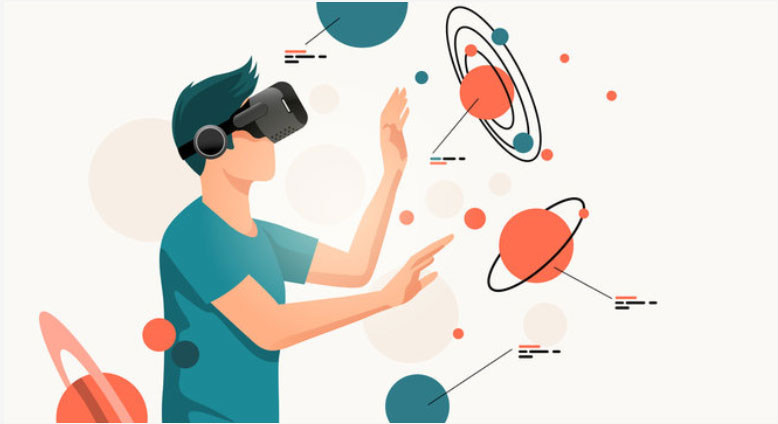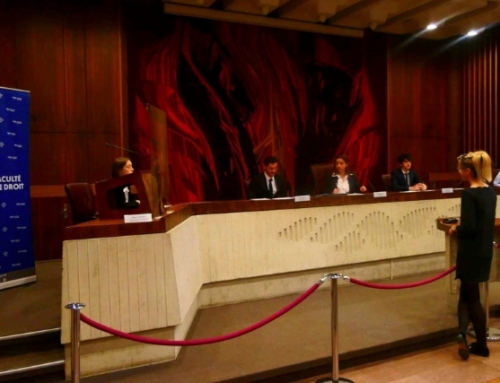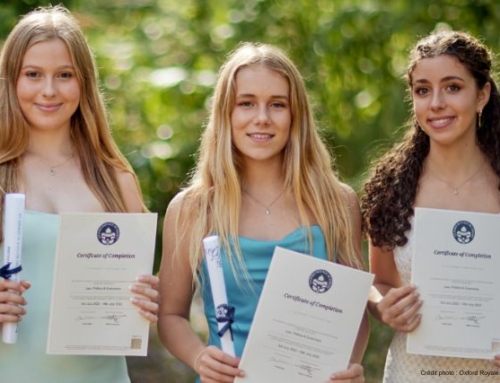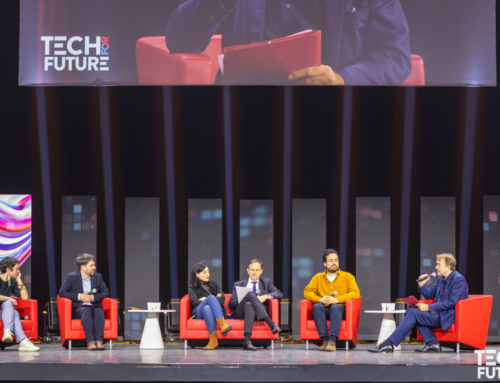Older than you might think, virtual reality first appeared in the minds of the most innovative minds back in the 60s, when filmmaker Morton Heilig invented immersive cinema, or sensorama. Today, this technology has evolved well beyond the sensory experience, and virtual reality is defined by a user’s immersion in a virtual environment created with the help of technology. It allows us to evolve in an interactive world, in which we are completely immersed, thanks to dedicated headsets.
Initially developed for military use, enabling armies to train in real-life situations, virtual reality has gradually made its way into many other fields, including art, architecture, tourism, robotics, medicine and education.
But how is virtual reality an opportunity for education? And how can it be used?
Education is in a state of flux. With the development of EdTech, digital technology is opening up a whole new world of possibilities, and using a host of technological tools to introduce experience and interactivity into the classroom. The question of integrating virtual reality is therefore inevitable!
Learning by doing
Learning is also about understanding a context, a situation and putting knowledge into practice in real-life conditions. Immersion in a virtual world immerses the user in the reality of his or her learning, and thus encourages the most realistic application of knowledge. Reproduction of the environment but also pedagogical interaction, enabling us to learn how to deal with different situations depending on our actions.

Learning by anchoring
Anchor points are important for learning and memorization. Learning with the senses means multiplying information channels. Virtual reality highlights a theoretical reading or concept, improving the organization and understanding of space, and the perception of different angles of observation. It’s easier to understand and integrate information when it seems real to us, and when we can observe it from every angle. Virtual reality opens up the field of experience and experience through the senses.
Imagine setting off to discover another world
Imagine plunging into another reality. From another time, or from an inaccessible space. What if you could explore the human body, observe it from the inside ? What if you could find yourself in Paris in 1789, on the eve of the storming of the Bastille ? What if you could perceive the atmosphere by hearing, seeing or walking through the streets ? Imagine the possibilities offered by this tool, capable of deceiving your brain and putting your body in real-life conditions. These technologies already exist, and are used in learning labs and in specific fields such as medicine and the air force. Although they are slowly making their way into general education, particularly in Quebec and Belgium, there is still a long way to go before they become accessible.
VR in the classroom with Athénée Royal Liège Atlas
Fiction reduces risk, fear of failure and costs
In addition to providing a memorable and engaging experience, taking us into a quasi-reality, virtual reality has the enormous advantage of enabling students to experience their theoretical lessons in a highly efficient and almost unlimited way. With no need to purchase the real materials and components required for the experience (apart from the fixed cost of the VR equipment), costs are reduced considerably and become very attractive in technical fields where experience is essential. The fictitious experience also reduces students’ fear of failure, as they risk nothing by failing, causing no material consequences. In their own experience, they learn to make mistakes, try again and learn from their mistakes (and those of others) until they succeed.
What’s the current state of virtual reality in education ?
Today, the term immersive learning is most often used. Combining traditional courses with virtual reality makes the student an active participant in his or her own learning. It’s a form of active learning that engages students and demands their full attention. In the United States, 30% of virtual reality applications are linked to educational content. In France, more and more organizations are getting into the VR game, like the Immersive Learning Lab, which offers turnkey solutions for integrating VR into the education system! This skills cluster was created thanks to the association of several academic players, including CNAM and UPEC, with the aim of promoting the development of virtual reality in higher education. According to Nicolas Dupain, President of the Immersive Learning Lab, the benefits of these technologies are undeniable: “When you’re immersed in a situation through a virtual reality headset, and therefore cut off from the real world, the immersion on your brain is sometimes so intense that you think it’s reality. That’s where the real strength lies in these learning tools, because you’re in a quasi-reality and what you do there permeates your psyche.”
An example of an educational application from I2L
Are you ready to dive into this new universe?
Read our article on the 5 EdTech trends for 2022!






